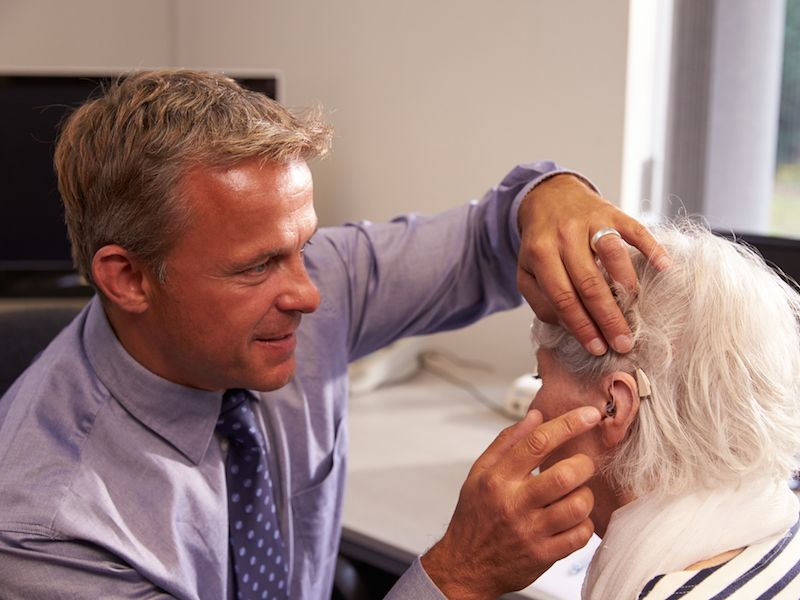
The numbers don’t lie: you might need hearing aids eventually. A study from NIDCD states that around a quarter of all individuals from 60 to 75 have some form of loss of hearing, and that figure goes up to 50% for those 75 and older. But how can you be sure which hearing aid is right for you when you recognize it’s your best opportunity to combat hearing loss? Hearing aids at one time had issues including susceptibility to water damage and excessive background noise but modern hearing aids have resolved these types of problems. But to ensure your choice of hearing aid is right for you, there are still things you need to think about.
Directionality is a Key Feature
One essential attribute you should look for in a hearing aid is directionality, which has the capability of keeping background noise to a minimum while focusing on sound you want to hear like conversations. Many hearing aids have different directionality packages, which either focus on the sound right in front of you, the speech that’s coming from different speakers, or a combination of those two.
Will Your Hearing Aid Interact With Your Phone?
As a country, we’re addicted to our phones. You more than likely have some kind of cell phone, either a smartphone or a flip phone. And on the off-chance that you don’t have any type of cell phone, you most likely still have a land-line. So, how well hearing aid works with your phone is an important consideration when you’re shopping for hearing aids. How does it sound? Do voices sound sharp? Does it feel comfortable? Are there any Bluetooth connectivity features available? When shopping for new hearing aids, you need to consider all of these.
What is The Likelihood You Would Actually Wear it?
In the last few years, as noted above, the development of hearing aids has vastly improved. One of those advances has been the size and shape of hearing aids, which are a great deal smaller nowadays. But there are certainly pros and cons. A more compact hearing aid may not be as powerful as a bigger one, so it mostly depends on your hearing professional’s suggestion and what you want to achieve with your hearing aid. The little models won’t have the features of the larger models and they might get clogged with earwax but they do fit inside your ears nearly imperceptibility. On the other hand, better directionality features and more advanced sound amplification options come with a behind the ear hearing aid though it’s a little bit larger.
What Type of Background Noise Will You be Exposed to?
Wind interference has been an overwhelming problem for hearing aid users ever since they were developed. Being outside on a windy day with a traditional hearing aid once meant that you couldn’t hear anything but the wind, which is could drive anyone nuts. you live in a windy place or if you’re an outdoor person so you’ll want to find a hearing aid that suppresses wind noise so you can carry on conversations at an average volume and steer clear of the headaches that are related to hearing aid wind noises. Educate yourself about the many hearing aid options available to you. Give us a call.
